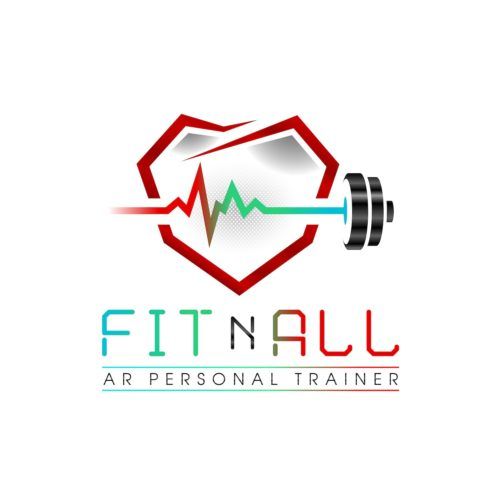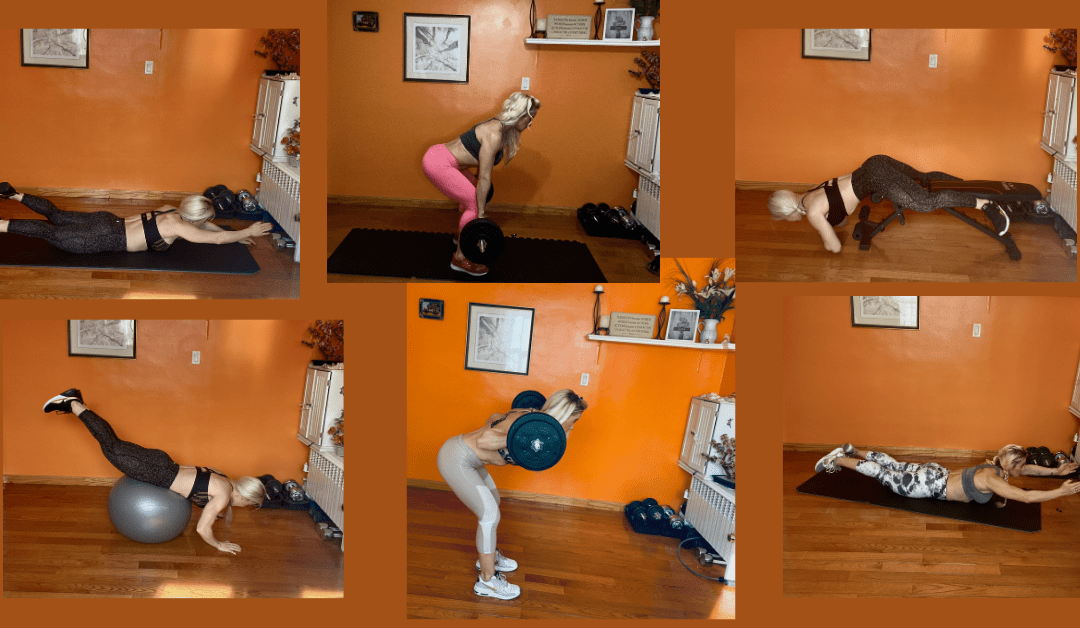Hyperextension is a great exercise for the posterior area of your body. However, you need the right equipment for it. Read on to learn hyperextension alternatives, some ways to do hyperextensions at home, as well as other exercises that target the same muscle groups.
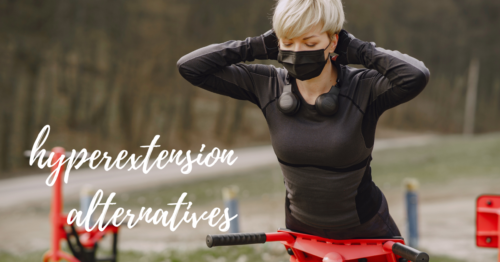
HYPEREXTENSIONS
The hyperextension is a highly effective exercise that strengthens and sculpts your posterior chain muscles.
WHAT MUSCLES DOES THE HYPEREXTENSION WORK?
Primary muscles involved in glute hyperextension:
- Gluteal muscles or Glutes: There are three muscles that make up the area of the buttocks: the gluteus maximus, gluteus medius, and gluteus minimus. They originate from the ilium and sacrum and insert into the femur. The gluteus maximus is the largest and most superficial of the three gluteal muscles and is responsible for the most part in the shape and appearance of the butt. It’s an extensor of the hip joint and assists in laterally rotating the thigh. The gluteus medius is the major abductor of the thigh, helping to rotate the hip medially and laterally. The gluteus minimus abducts and medially rotates the hip joint.
- Hamstrings: These muscles are located in the posterior area of the thigh, in between the hip and the knee. The semitendinosus, semimembranosus, biceps femoris long & short head flex (bend) the knee and extend (straighten) the hip – except the short head of biceps femoris. The hamstrings are in daily activities such as walking, running, and jumping.
- Erector Spinae (spinal erectors): These muscles run along more or less the length of the spine, from the sacrum and hips to the base of the skull, and make up most of the lower back. They straighten, rotate, and stabilize the back, and along with the glutes help maintain good posture. The spinalis muscle is the smallest and closest to the spine, the longissimus muscle is the intermediate and the largest of the three columns, and the iliocostalis is the outer muscle of the erector spinae.
Secondary muscles engaged in hyper extensions alternative:
- Abs (rectus abdominis): These are two parallel muscles, separated by a midline band of connective tissue (linea alba). They extend from the pubic area to the lower part of the sternum and ribs. The abs flex the lumbar spine, as when doing a crunch. They are also important for breathing, posture, and in creating intra-abdominal pressure – helping lift heavy objects and during childbirth and defecation.
- Rhomboids: These muscles are located in the upper back in between the scapula. They fix the scapula to the thoracic wall, retract the scapula and rotate it to depress the glenoid cavity. During good mornings, the upper back helps keep the back straight.
HYPEREXTENSION BENEFITS
After looking at the muscles involved in hyperextensions, let’s understand all the benefits associated with the exercise:
- Lower Back Strength & Development: Good Mornings strengthen and sculpt the back, specifically the lower back.
- Back Health: Strengthening the back muscles keeps your back healthy. It helps to prevent injuries or pain, in dealing with back pain.
- Glute & Hamstring Development: Good mornings strengthen and nicely sculpt the glutes and the back of the legs.
- Aesthetics: Performing good mornings help you sculpt beautiful glutes, hamstrings, and lower back muscles.
- Posture and Alignment: This exercise strengthens the back and gluteal muscles, which help you maintain an upright posture.
- Fat Loss: This is a compound exercise that engages numerous muscle groups simultaneously, helping you to burn more fat.
HOW TO DO HYPEREXTENSIONS:
- Setup in a glute hyperextension machine with your feet anchored and torso semi-perpendicular to your legs at a 45-degree angle.
- Begin in a hinged position with your arms on your chest or neck and initiate the movement by tightening your glutes and abs.
- Extend the hips by lowering your upper body toward the floor.
- Bring the torso up and finish with your body in a straight line.
- Hold the position for a few seconds at the top and squeeze your glutes, back, and hamstrings.
- Repeat.
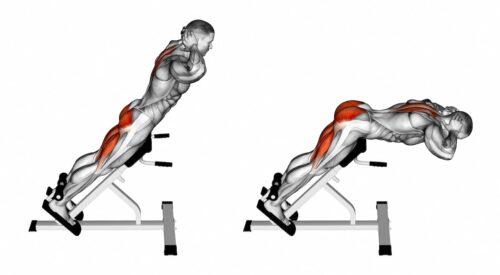
HYPEREXTENSION VARIATIONS
The problem with hyperextensions is that you need the hyperextension machine/ hyperextension bench to perform the exercise. If you want to stimulate your posterior chain muscles but don’t have the equipment, you can still do it by performing variations of the hyperextension exercise.
1. Hyperextensions on a Bench
You can perform the hyperextension on a regular bench.
HOW TO DO HYPEREXTENSIONS ON A BENCH:
- Lie on the bench, face down, with your torso off the bench.
- Place your feet under the board of the bench or squeeze the legs at each side of the bench. You must position your feet and legs in a way that will allow them to hold your body weight. Or you can ask someone to hold your feet.
- Place your arms on your chest or neck and lower your upper body.
- Bring your upper body up to the top position until your body is in a straight line.
- Hold for a few seconds and squeeze your muscles.
2. Back Extensions on a Stability Ball
Back extensions on a stability ball are very similar to hyperextensions. You just use a stability ball instead of a hyperextension bench. If you are a beginner, you may want to position yourself lower on the ball with your chest by the ball’s apex instead of placing your waistline almost over the ball’s apex. You can also place your feet against the bottom of a wall for stability.
HOW TO DO BACK EXTENSIONS ON A STABILITY BALL:
- Lie face down on a stability ball, placing your waistline almost over the ball’s apex.
- Place your arms on your chest or neck and lower your torso toward the floor.
- Then, push your hips into the ball to come back up and finish with your body in a straight line.
- Hold the position for a few seconds at the top and squeeze your muscles.
3. Prone Back Extensions
The prone extension exercise is similar to the superman except that you don’t lift the legs off the floor.
HOW TO DO PRONE BACK EXTENSION:
- Lie face down on a mat, with your legs straight, glutes tight, keeping your hips in contact with the floor.
- Keep your head in a neutral position – in line with your spine.
- Proceed to stretch out your arms in front of you.
- Raise both your arms off the floor.
- Hold the position for a few seconds to allow you to feel your lower back engaged.
- Lower your torso to the starting position. Repeat.
If you are a beginner, you can start by lying face down on a mat but instead of stretching and lifting your arms out in front of you, you prop up on your elbows and hold the position for 30 seconds or more. As you progress, later on, you can place your arms on your chest or neck instead of keeping your arms stretched out in front of you. Another way of doing the prone back extension is by positioning your arms 45 degrees off your torso instead of stretched out in front of you.
4. Seated Back Extensions with Resistance Bands
This is another back extension variation if you don’t have a hyperextension bench or weights. You perform it from a seated position and using resistance bands. If you feel discomfort in the back of your legs, you can sit on a folded towel to decrease pressure on your hamstrings.
HOW TO DO SEATED BACK EXTENSIONS WITH BANDS:
- Sit on the floor or mat with your legs stretched out in front of you.
- Grab a resistance band and loop the middle of it at the bottom of your feet.
- Hold one end of the band in each hand and bend your elbows, keeping your hands close to your chest.
- Slowly lean back against the resistance of the band, as far as possible.
- Hold for two to three seconds and sit back up slowly.
- Repeat.
HOW TO DO SEATED BACK EXTENSIONS – BODYWEIGHT:
If you don’t have resistance bands, you can still perform seated back extensions using your body weight and placing your arms on your chest or neck. You can also do this exercise, by sitting on a chair with your back straight and arms on your chest – You just bend over toward your knees and bring your torso back up in a “good-morning” fashion.
5. Standing Back Extensions with Resistance Bands
This is another back extension alternative when you don’t have equipment but only resistance bands. You perform it standing.
HOW TO DO STANDING BACK EXTENSIONS WITH BANDS:
- Start by anchoring a band around a stable surface close to the ground or use a doorstop attachment to anchor the band underneath your doorway.
- Grab one end in each hand and walk back until you feel tension. You can leave your hands down in front of your tights or bring them up closer to the chest.
- Stand with your feet hip-width apart, your back straight, your shoulders back, your neck neutral, and your knees slightly bent.
- Hinge at the hips and bend over until your back is roughly parallel to the floor.
- Exhale as you push into the floor and lift your torso up to the starting position.
- Repeat
6. Reverse Hyperextensions
The opposite movement to hyperextensions is reverse hyperextensions. Generally, you perform this exercise using a specialized reverse hyper bench or machine. But you can also perform reverse hyperextensions on a bench, also called Reverse Glute Raises, or reverse hyperextensions on a stability ball. You can make this exercise more challenging by holding a dumbbell between your feet or resistance bands.
HOW TO DO REVERSE HYPEREXTENSIONS:
- Lie on your torso facing the bench with your legs hanging – free to move from the hips.
- Hold on tight to the bench so your upper body stays still.
- Lift your legs until they’re extended at the hips and roughly parallel to the floor.
- Lower the legs back down and repeat.
7. Stability Ball Reverse Hyperextensions
You can also perform reverse hyperextensions on a stability ball.
HOW TO DO STABILITY BALL REVERSE HYPEREXTENSIONS:
- Lie on your torso facing the stability ball with your legs hanging – free to move from the hips.
- Place your hand on the floor to stabilize your upper body.
- Lift your legs until they’re extended at the hips and roughly parallel to the floor.
- Lower the legs back down and repeat.
ALTERNATIVE EXERCISES TO HYPEREXTENSIONS
The following are some exercises that target the same muscle groups as hyperextensions do and you can perform with a barbell or your body weight:
Good-Mornings
The Good Morning is a wonderful compound exercise that resembles a polite bow or greeting, hence the name. Learn all about Good-Mornings’ benefits, how to do good morning exercise, and mistakes to avoid ➡️ Good Morning Exercise: Benefits, Form
Romanian Deadlifts
The Romanian deadlift is another compound exercise for the muscles in the posterior chain. Learn all about Romanian Deadlifts’ benefits, how to do Romanian Deadlifts, and mistakes to avoid ➡️ Romanian Deadlifts: Benefits, Form, Mistakes
Supermans
The Superman is another compound exercise that gives you back extension. Learn all about Supermans’ benefits, how to do Supermans, and mistakes to avoid ➡️ Supermans: Muscles Worked, Benefits, How to Do, Mistakes
Swimmers
Like the Superman exercise, swimmers are an awesome back extension alternative that you can do without any equipment.
HOW TO DO SWIMMERS:
- Lie prone on the floor or mat with arms and legs extended.
- Raise your head off the floor, keeping the neck in a neutral position following your spine, and continue looking at the floor.
- Simultaneously, lift your right arm and left leg off the ground. Don’t hold your breath – continue breathing.
- Switch sides, and lift your left arm and right leg at the same time.
- Repeat the movement in a fluid motion, alternating sides until the desired number of repetitions.
As you can see there are numerous ways to strengthen and sculpt the lower back, hamstrings, and gluteal muscles even when you don’t have a hyperextension bench. Incorporate different variations of hyperextensions, alternative exercises to hyperextensions at home, and other diverse exercises that target the posterior chain muscles.
Fitting Accessories to Keep You Motivated
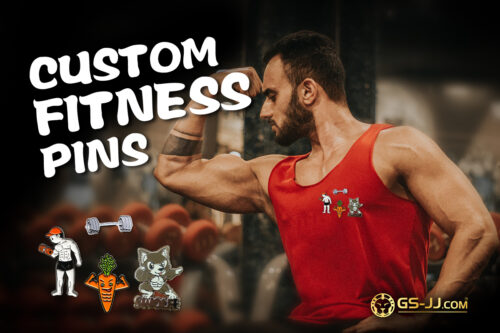
Having a variety of options and variations stimulates and benefits your body. The same is true for your brain, which requires some motivation. Fortunately, there are fun methods to help you keep that fitness mindset. A terrific approach to express yourself and reward yourself is with a funny and special customized lapel pin that has anything to do with fitness and exercise.
Pins can be a good way to express yourself and be inspired. They can be attached to your clothing or luggage, or even given to a friend or acquaintance who is also interested in fitness. Having reminders all over the place makes it easier to maintain your exercise objectives and healthy lifestyle. Visit GS-JJ.com to access a free online design system that will be of assistance to you. It features every component needed to create a unique lapel pin!
Lift, Burn More Fat, Get Stronger and Live Healthier!
To a Fitter Healthier You,
The Fitness Wellness Mentor
